What you need to know before starting your new F&B business

Whether you’re a budding entrepreneur or a seasoned boss who wants to enter the Food & Beverage (F&B) sector, building a business isn’t easy – from the time and planning involved to the resources required, it can be a long journey to establishing a profitable business.
To smoothen the process, developing a good understanding of the local F&B landscape is essential to planning your business effectively. Boost your research with industry insights and statistics by the Department of Statistics (DOS) Singapore and Enterprise Singapore (EnterpriseSG), which provide an in-depth analysis of the sector to help you to evaluate and refine your business plan. Here’s what you need to know:
The F&B industry is highly competitive
When planning your new F&B venture, it’s important to take factors such as overall industry performance, the cost of running a business, as well as the performance of different formats into account. With low barriers to entry, more and more F&B businesses have been opening over the years, even though the total operating revenue of this sector has not grown in tandem.
It’s notable that external global events such as the pandemic have a deep influence on performance: for example, operating revenue dipped in 2020, which is not representative of the normal operating environment.
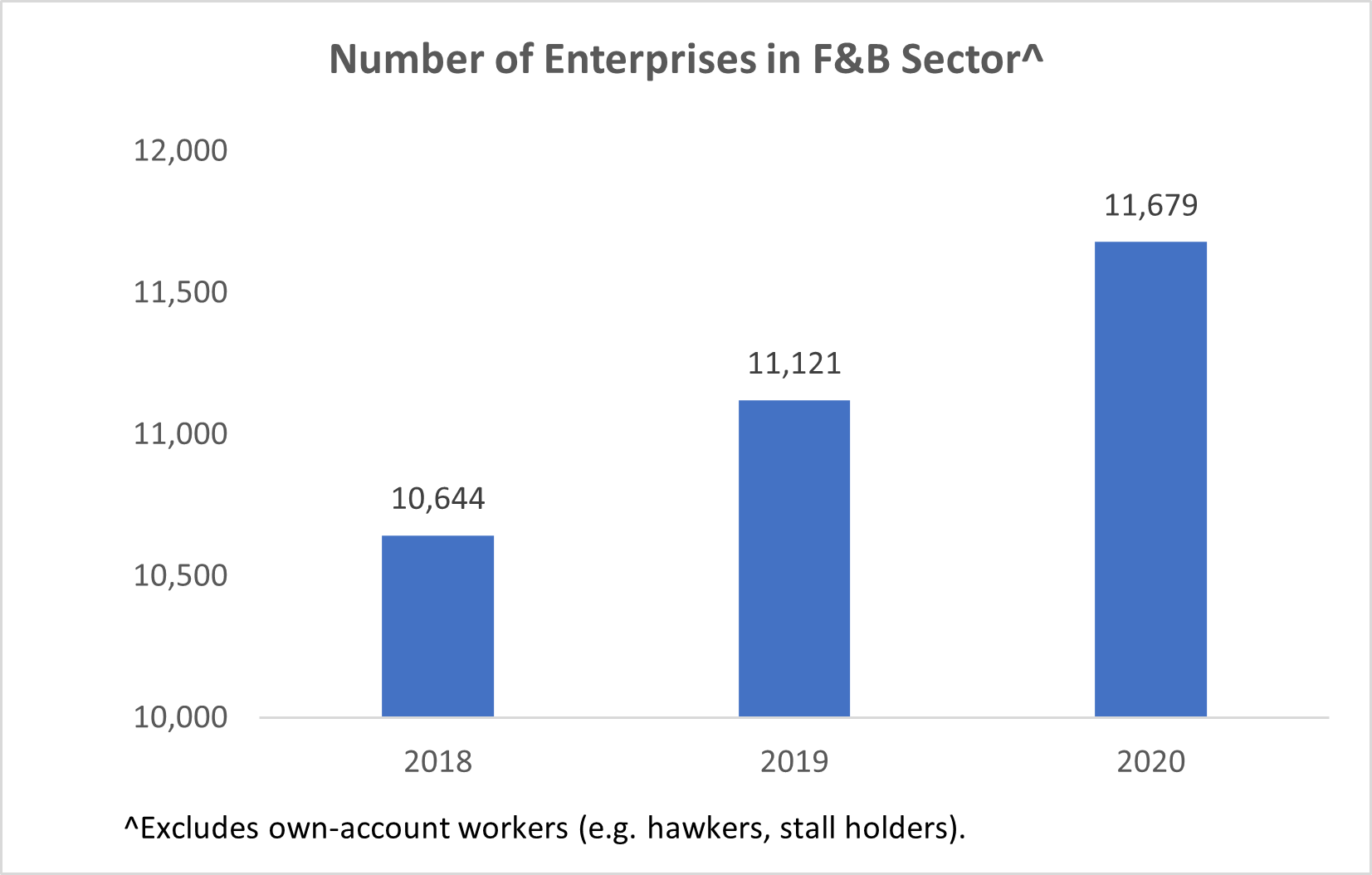

When planning your F&B venture, it is important to consider factors such as the number of enterprises and overall operating revenue, which are indicators of the sector’s growth potential.
Evaluating operation size and potential revenue to choose your ideal food service format
While entering the industry is not difficult, you should analyse the food service format and its potential operating revenue to identify a viable option for you. For instance, restaurants, food courts, coffee shops, canteens and pubs, and cafes make up 87 per cent of enterprises, but they only account for 72 per cent of total operating revenue.
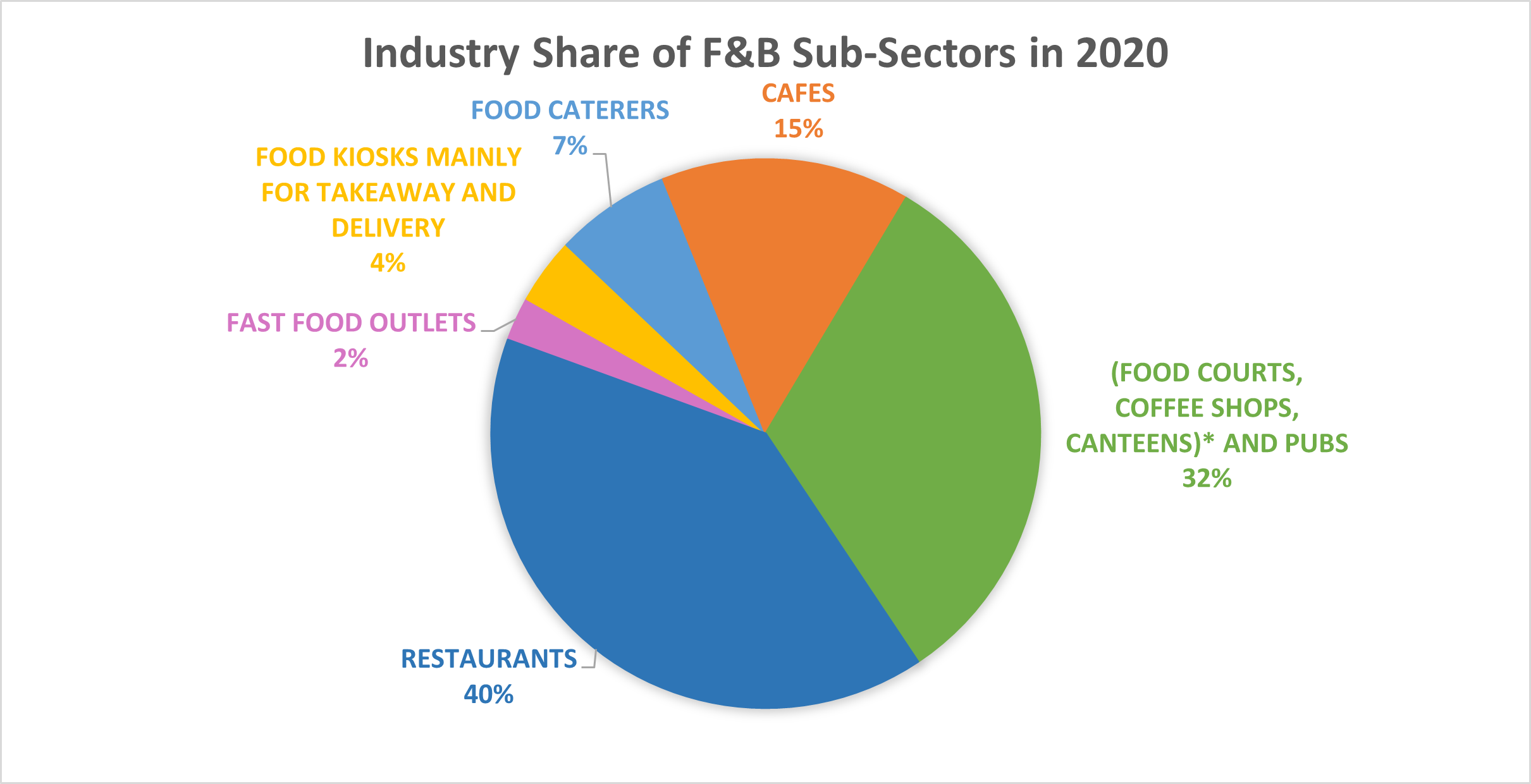
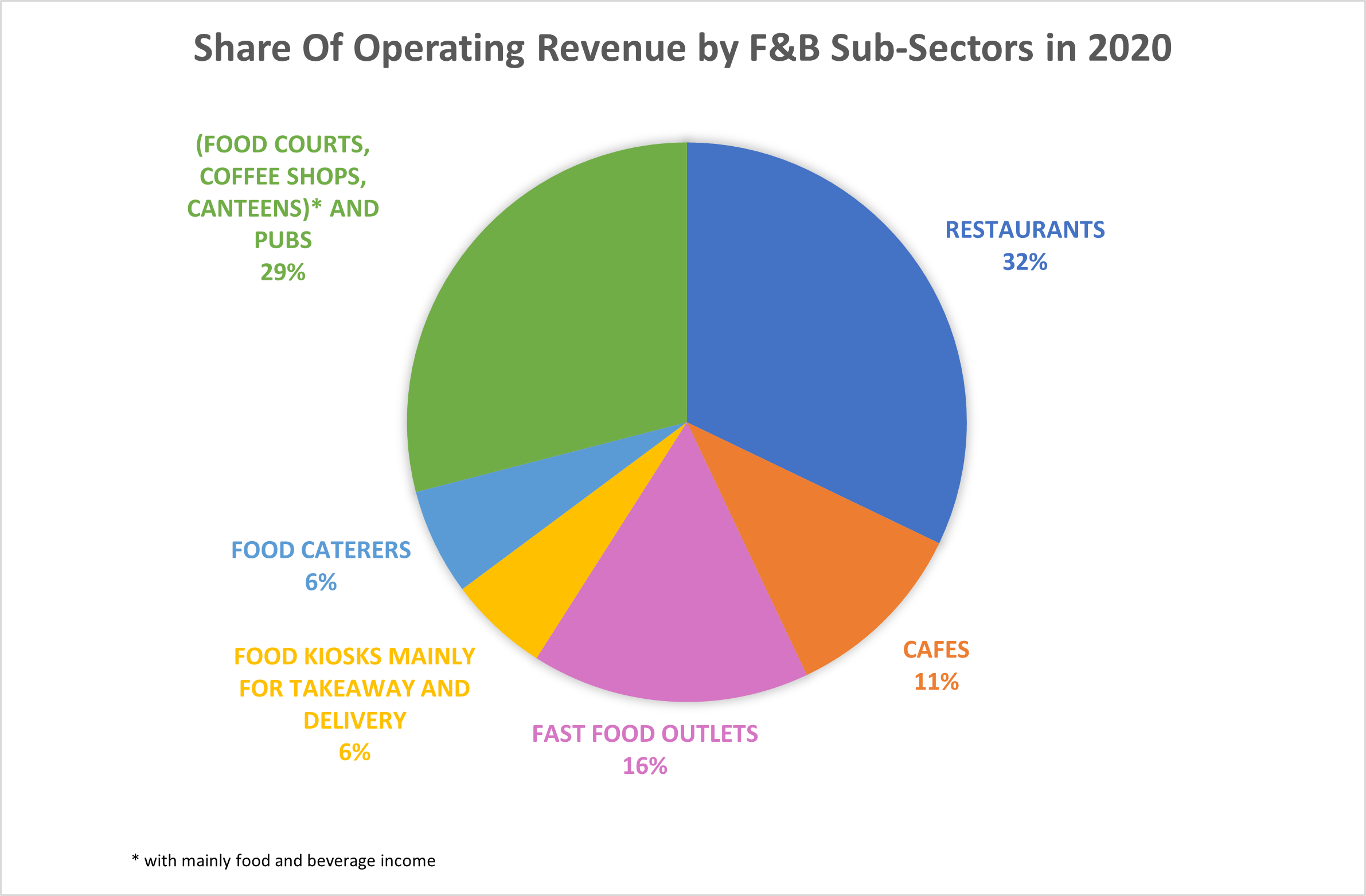
Don’t forget to also consider the size of your food venture when evaluating the operating revenue! While food kiosks contribute only six per cent to the F&B sector’s overall operating revenue, this food service format had the highest operating revenue per square metre from 2018 to 2020.
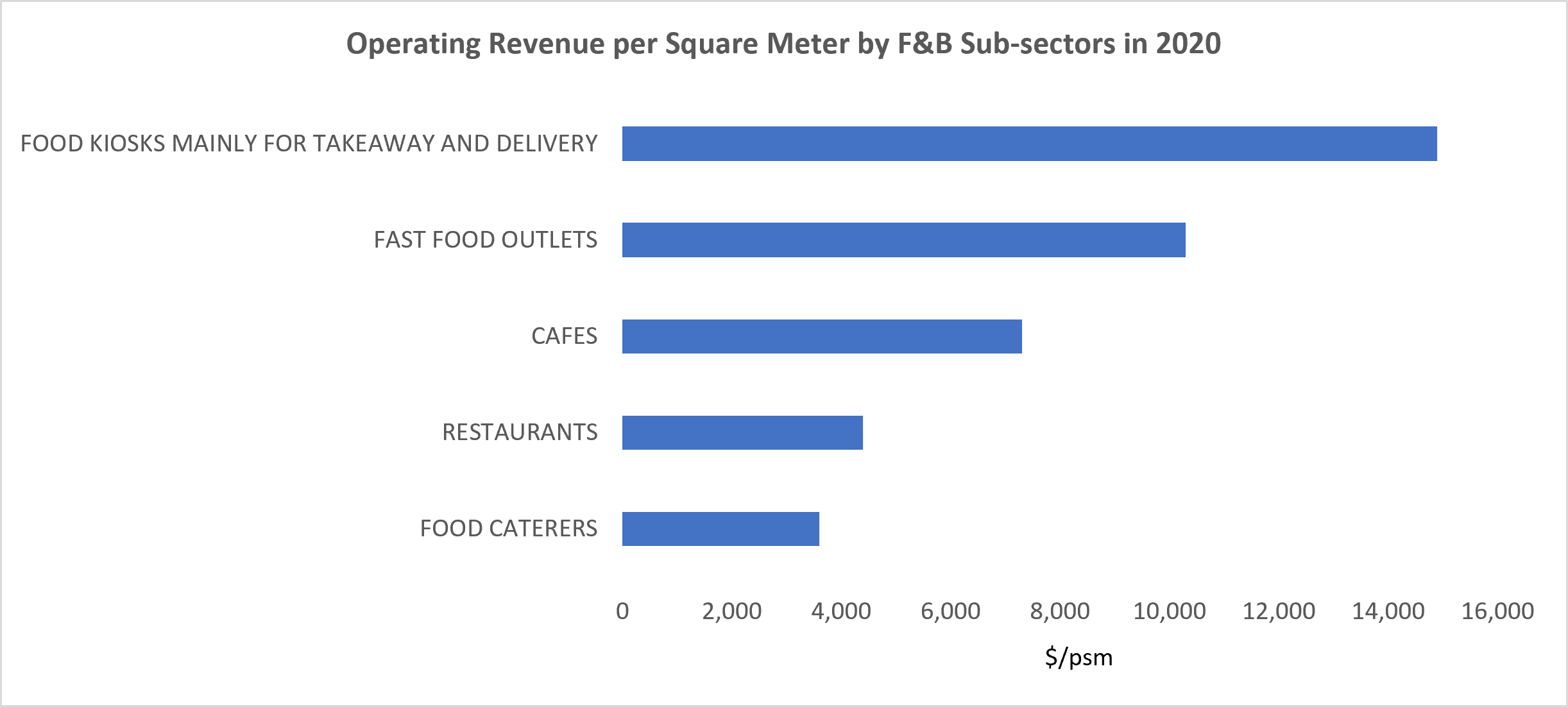
Analysing business costs and demographics to sustain a F&B business
So you’ve assessed what it takes to enter the F&B industry. What’s next? Think long term, and consider what it takes to keep your venture going.
Getting into the F&B sector in Singapore may be easy, but sustaining a business may not be as smooth as you think, as one out of two F&B businesses ceases operations before the four-year mark.
This can be attributed to the ease of entry into this sector and limited F&B space, which creates a highly competitive business landscape, on top of a limited domestic market, and having to balance business costs such as manpower and rental.
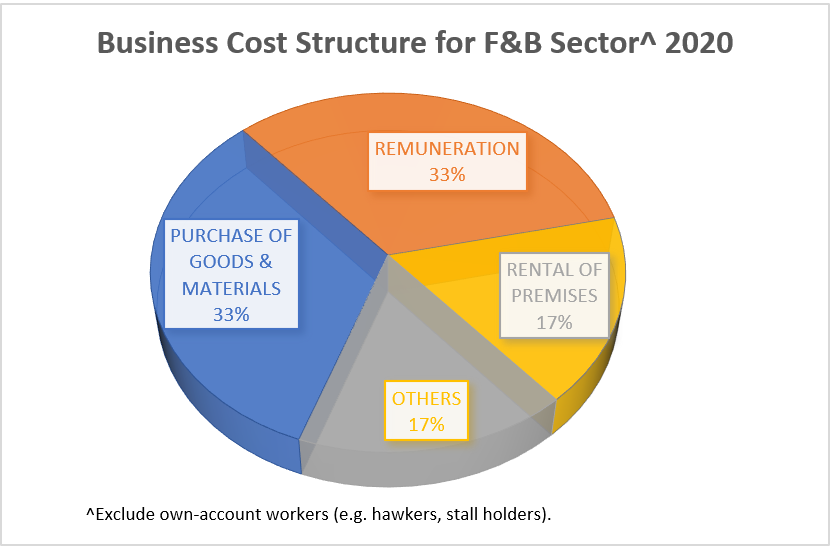

In researching how to sustain a F&B business, it’s also important to examine how different food service formats affect business costs. For example, food courts, coffee shops, canteens and restaurants spent more expenditure on remuneration compared to the purchase of goods and materials, while food caterers spent the least on the rental of premises.
Take a closer look at the F&B sector by learning more about key trends for industry performance and business costs, such as rental costs by street, and try comparing the performance of your desired food service format against others in the industry.
Diving deep into customer demographics can give you a better sense of what households are spending on, shoppers’ online purchase patterns, and the profiles of your potential customers, which can help you to align your business’ food services with their needs.
What is the outlook for the F&B Industry?
Wondering what’s in store for the future of the F&B sector in Singapore?
Within this field, most businesses are optimistic about industry performance in the next six months, with 64 per cent foreseeing an increase in revenue. To cater to the projected rise in demand, 22 per cent expecting to hire more staff.

To make this projected growth a reality, it’s imperative that companies internationalise and make consistent efforts to raise productivity.
Keeping up with industry trends is also important, as this lends insight into how you can differentiate your business from competitors in the same sector. Resources such as EnterpriseSG’s Food Services Industry Profile are a great way to learn more about business transformation, industry trends, and how to expand your business to overseas markets.
Advice from industry insiders
To sustain and grow your business in the long run, making rational management, financial and operational decisions are key to helping you maintain liquidity and avoid tapping into financial reserves unnecessarily.
These include having the right mindset and qualities, such as determination and drive, which are vital to motivate business owners to keep going, says Founder of Gratify Group Mr Frank Lau.
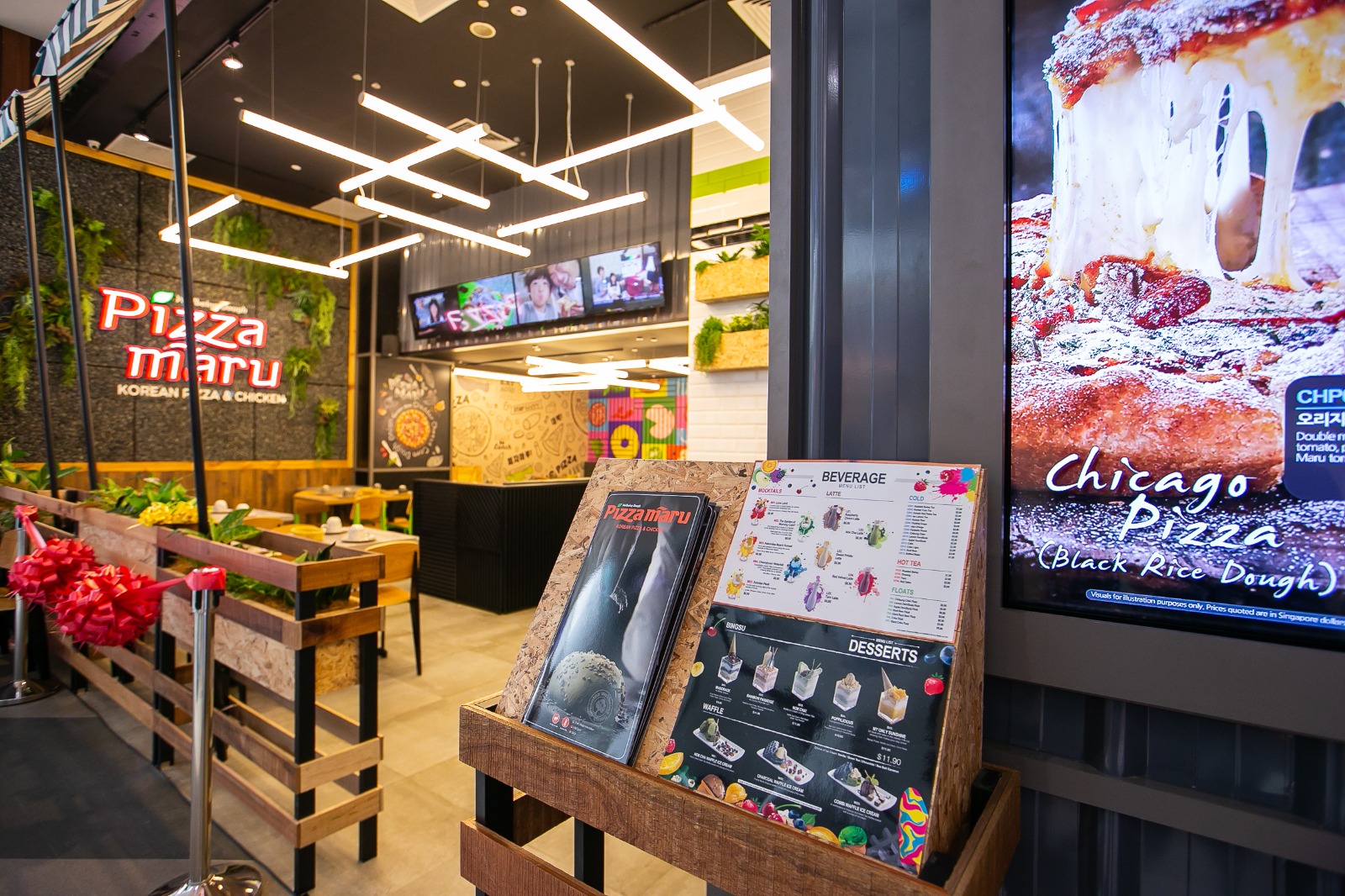
“You must have drive, hunger and resilience, never resting but always wanting to continuously improve and grow. You must be willing to challenge conventions, make tough decisions and take decisive actions,” he advises.
Good teamwork and leadership is also important, as having a team that is in sync with the business’ goals is key to helping your venture gain momentum.
“You must seek clarity for your team and constantly align and motivate every individual to move everyone in the same direction,” asserts Mr Lau. “Adequate working capital is essential so you can focus on improving the business, especially during its first year.”
He believes in the importance of product innovation, and recommends that business owners in this sector do their due diligence to find the right product and market fit for customers’ needs.
It’s a philosophy that Ms Diana Teo, Co-Founder of wagyu beef bowl concept Waa Cow! shares.
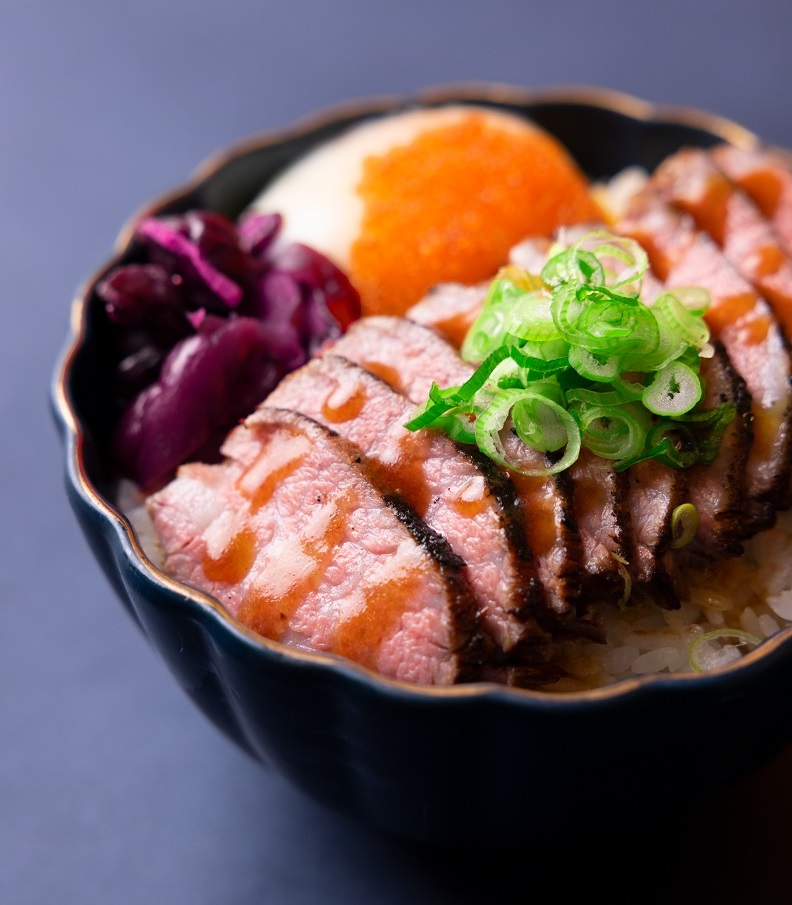
“One of the key ingredients for a successful F&B business lies in optimising your menu from the get-go,” she notes, adding that it’s important to keep menus streamlined, focus on executing signature dishes well, and constantly assess the performance of menu items. “Menu engineering is a process of trial and error but a well-executed menu goes a long way in building brand goodwill and customer loyalty.”
Aside from providing knowledge on sustaining a business, doing thorough research into the F&B industry can also help you to determine when and/or how to exit. Use our mini diagnostic tool on CheckFirst to monitor the health of your existing F&B business, or to prepare for your new F&B business if you’re looking to enter this field.
This article is accurate as at 9 Jan 2023

